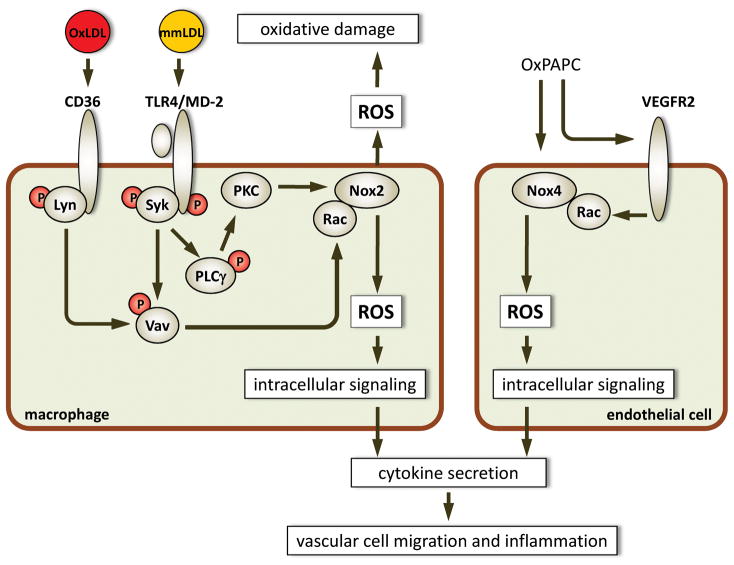Figure 2. Oxidized LDL and OxPL induce ROS generation in vascular cells.
In macrophages, OxLDL binding to CD36 induces recruitment of Lyn, a Src kinase, its activation and phosphorylation of Vav, which in turn activates Rac 74. Unlike OxLDL, mmLDL induces recruitment of Syk to TLR4 and Syk-dependent activation of Vav and Rac 9. In addition, mmLDL induces TLR4- and Syk-dependent activation of PLCγand PKC, which induces recruitment of p47phox, and p67phox (not shown) to the Nox2 enzyme complex, and activated (GTP-bound) Rac completes the complex, leading to ROS production 9,110. High levels of extracellular ROS may exacerbate the oxidative damage, while intracellular ROS are important signaling molecules, mediating cytokine secretion. One of mmLDL-induced, Nox2-dependent chemokines, RANTES, induces VSMC migration 110. Nox4 is the predominant NADPH oxidase in endothelial cells. It is activated by OxPAPC via VEGFR2-dependent Rac recruitment 107. However, the mechanism of the OxPAPC activation is unclear. Although OxPAPC is capable of inducing VEGF production by endothelial cells 103, anti-VEGF antibodies do not block OxPAPC activation of VEGFR2 107. ROS in endothelial cells mediate secretion of MCP-1 and IL-8 and thereby promote monocyte migration.

